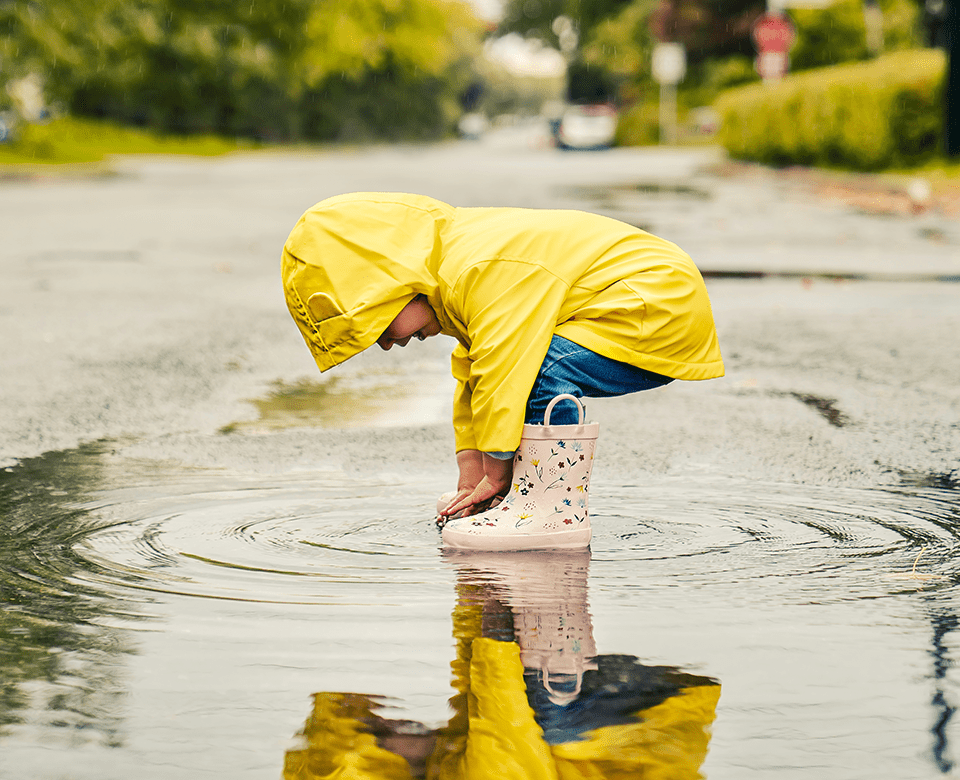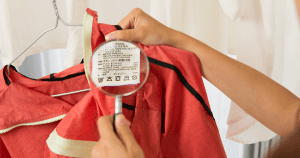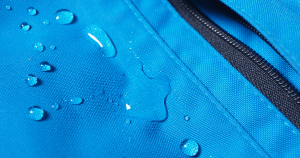
HOW TO PROPERLY WASH WATERPROOF CLOTHING
Whether you’re looking forward to autumn rains or not, one thing is certain: we all need waterproof clothing during this time. Waterproof garments, like jackets with special coatings, are designed to protect us from rain, snow, and moisture. However, to maintain their water-repellent properties, these clothes require a special approach to washing and care. Below, you’ll find key tips for washing waterproof jackets and other garments to extend their lifespan and maintain their functionality.
Always read the label first

Before washing a waterproof jacket, always carefully read the care label for instructions. Manufacturers usually provide specific washing recommendations, including appropriate temperatures, types of detergent, and recommended drying methods. If the label advises hand washing or dry cleaning, be sure to follow those instructions to avoid damaging the waterproof coating.
Don’t wash these garments too often
Jackets with waterproof coatings should not be washed too frequently, as each wash can reduce the effectiveness of the coating. If the jacket isn’t very dirty, try cleaning it with a damp cloth or mild soap to avoid frequent washing. This will help prolong the coating’s lifespan and maintain the jacket’s functionality.
Choose the right detergent
The waterproof coating on clothing can easily be damaged by standard detergents. It is recommended to use special detergents designed for technical clothing, which are mild and do not contain additives like softeners that can reduce the fabric’s ability to repel water. These detergents keep the fabric clean without compromising waterproofing.
Washing at low temperatures

Most waterproof clothing should be washed at low temperatures, typically between 30 °C and 40 °C. High temperatures can damage the special coatings. Always use gentle washing programs, such as those for wool or baby clothes.
Rinse thoroughly to remove detergent residue
Waterproof jackets require thorough rinsing to eliminate any detergent residue. Remaining detergent can diminish the coating’s effectiveness, so an extra rinse cycle is a great way to ensure that the clothing is completely clean. Alternatively, you can choose the Baby care wash function on Tesla washing machines, as it increases water flow during each rinse phase to completely remove any detergent residues.
Avoid fabric softeners and bleach
Using fabric softeners or bleach can seriously damage the waterproof coating on your jacket. Softeners create a film on the fabric that reduces its ability to repel water. Therefore, it’s important to avoid such products when washing waterproof clothing.
Drying waterproof clothing
For drying these garments, natural methods are generally recommended, i.e., air drying. For some materials, like Gore-Tex, tumble drying might sometimes be recommended – as the heat helps reactivate the waterproof coating. If the care label indicates that tumble drying is prohibited, dry the garment in fresh air but avoid direct sunlight, as it can damage the fabric and coating.
Restoring the protective layer after washing

After several washes, the waterproof coating on the jacket may begin to lose effectiveness. To restore it, you can use a spray or liquid impregnation product, which is applied to a clean, dry jacket. These products restore the protective layer and make the jacket effectively repel water again. There are products that can be used directly in the washing machine, but it’s important to follow the manufacturer’s instructions.
Maintaining waterproof clothing requires a bit of extra care, but proper maintenance allows your garments to remain functional for many years. By using the right detergents, washing at low temperatures, and occasionally reactivating the coating, you’ll preserve the waterproofing and extend the lifespan of your jacket. Waterproof clothing is an investment in your comfort and protection from the elements, so it’s essential to take care of it properly.
